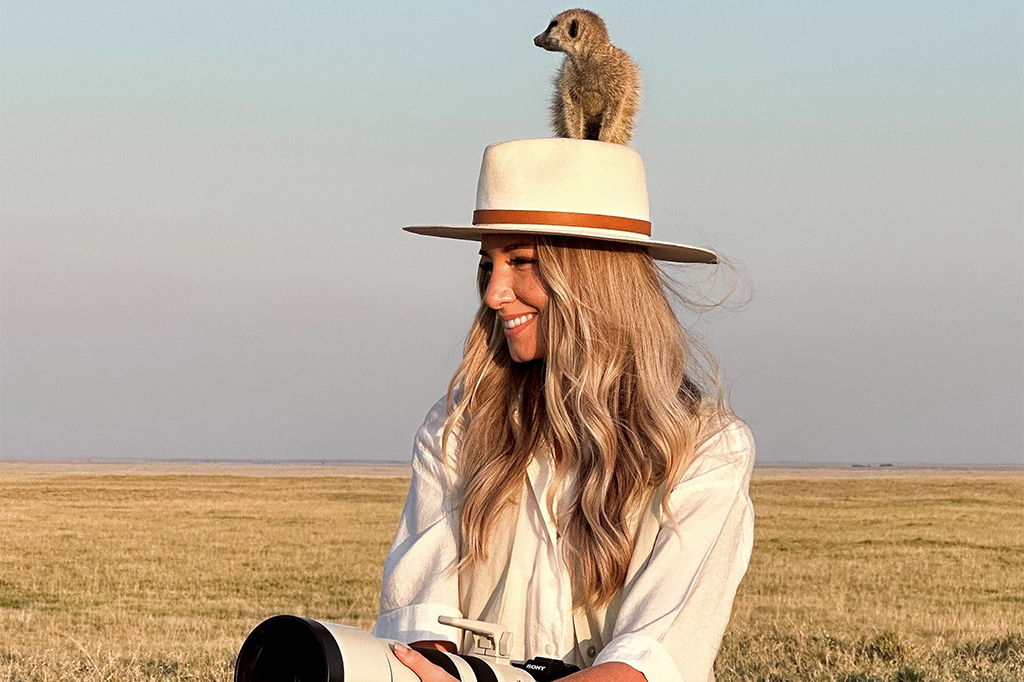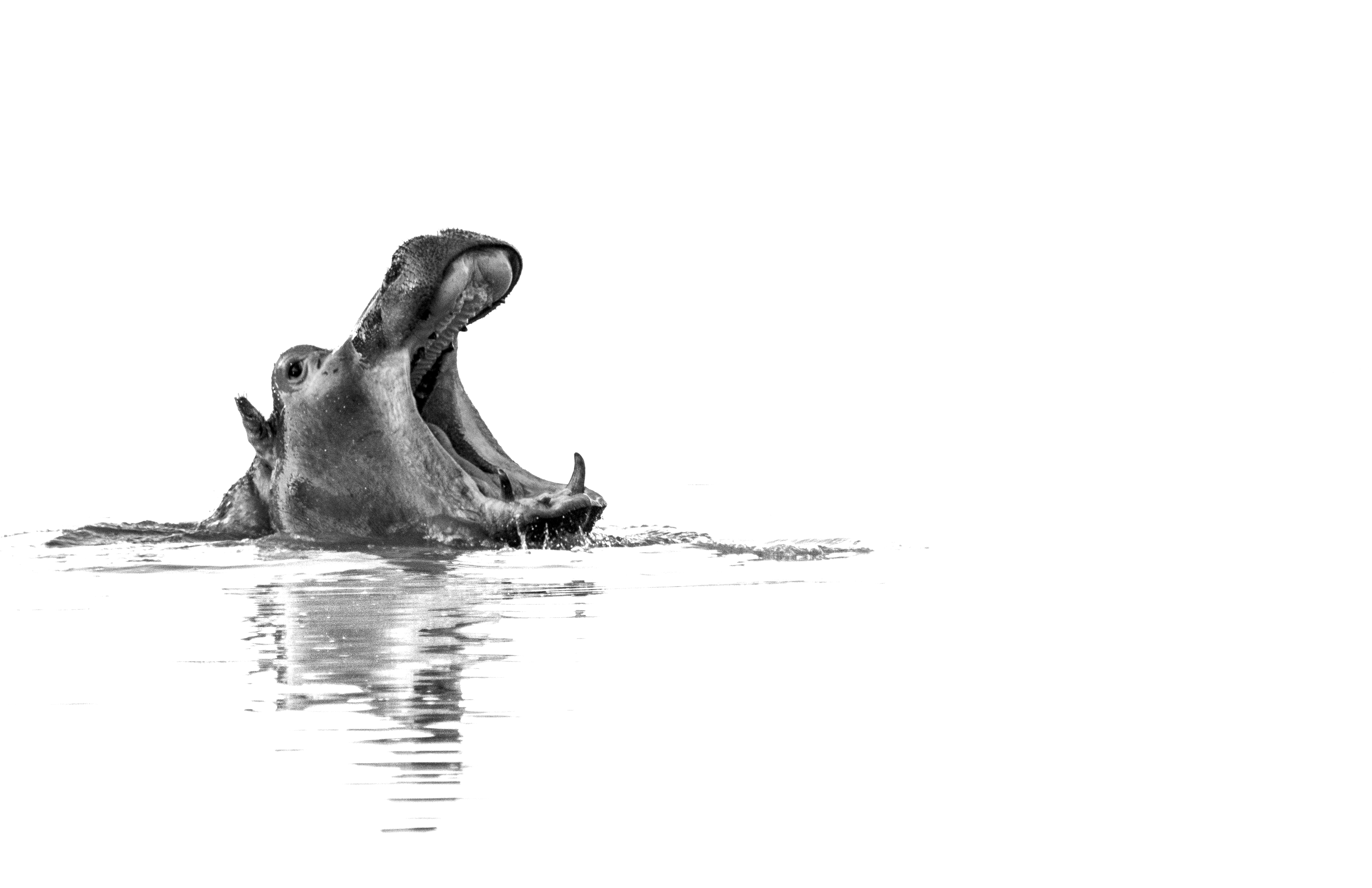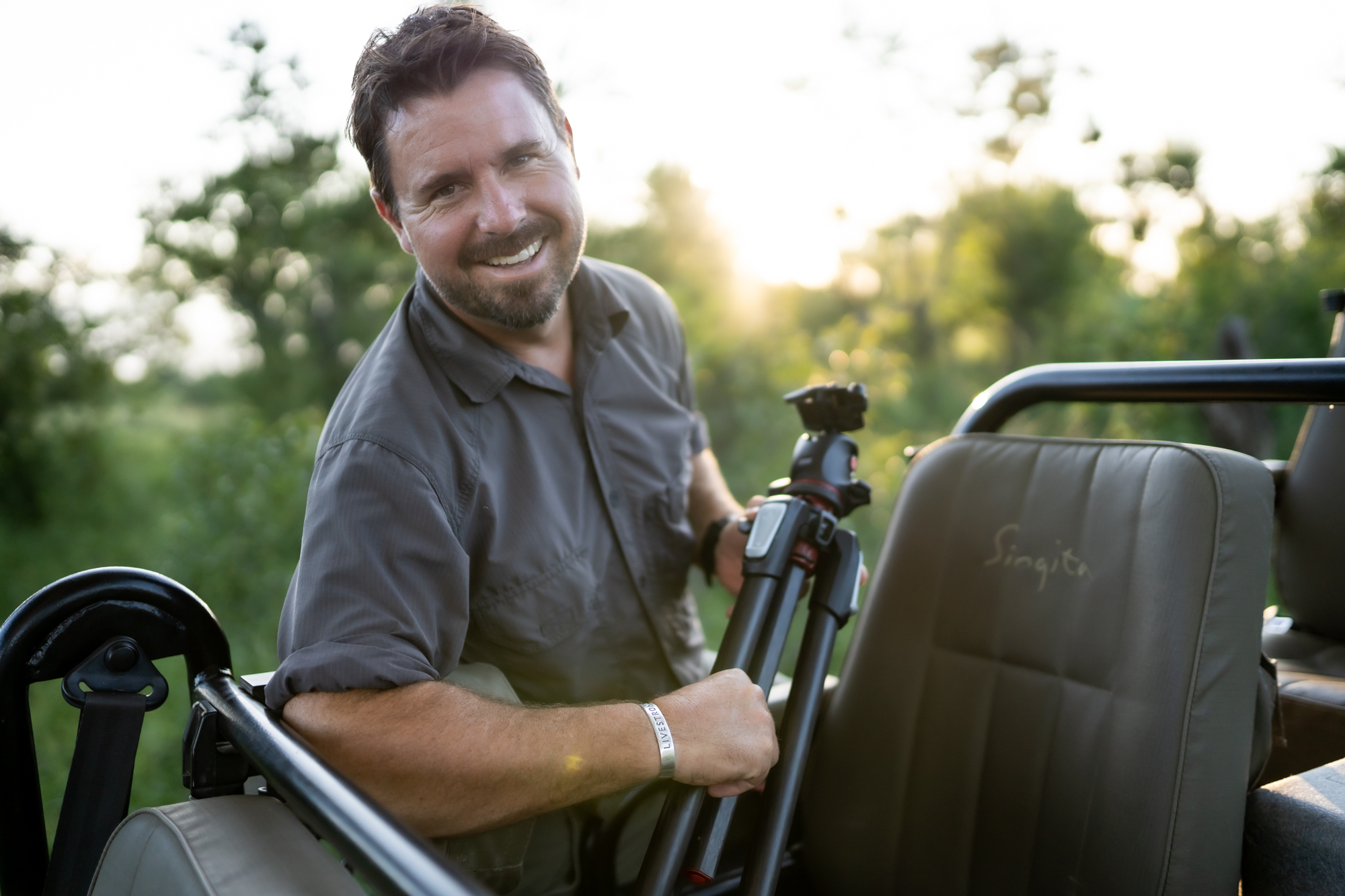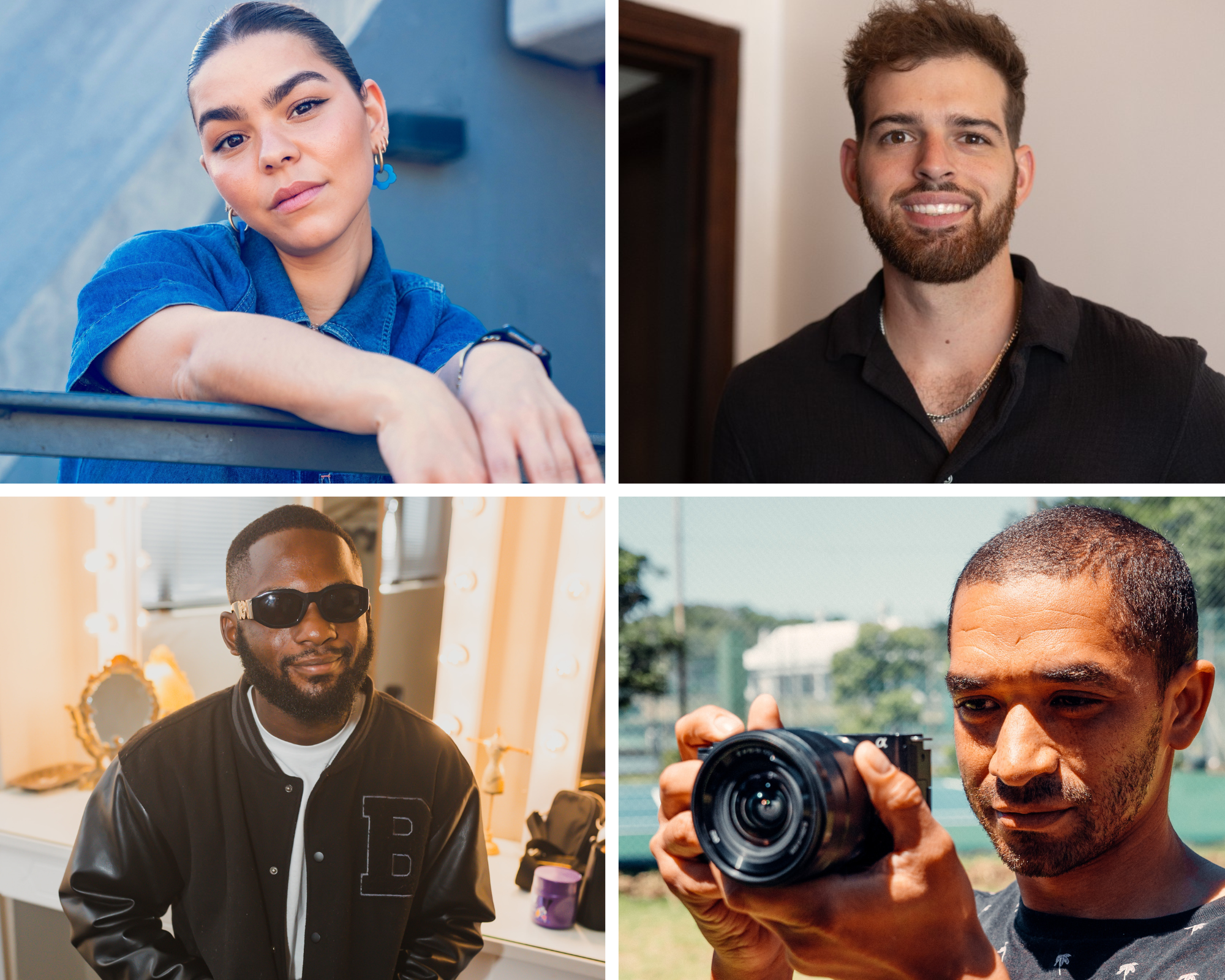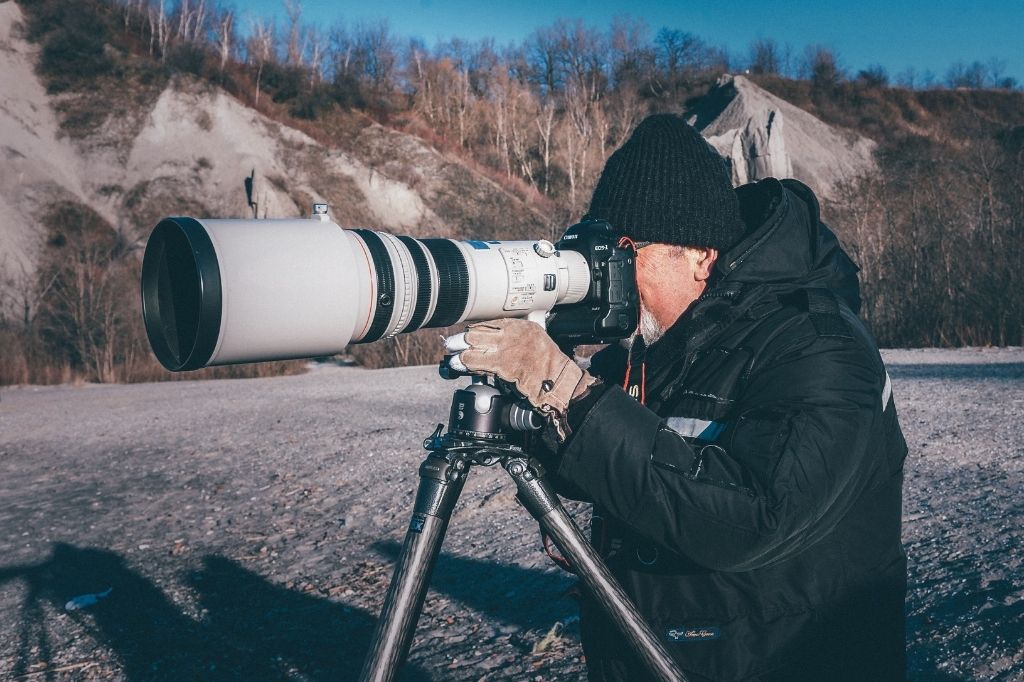Photographer Jemma Wild is a self-described emotive photographer. Operating within the realms of wildlife, safari, interior and architecture photography, Jemma’s work seeks to capture those magical moments between people, wildlife and the spaces and environments that they occupy. Working in a male-dominated field, Jemma has had to fight for her place in the sun in order to be seen as more than just a well-dressed woman in a Jimny. We chat with the creative to learn more about her wild journey into photography.
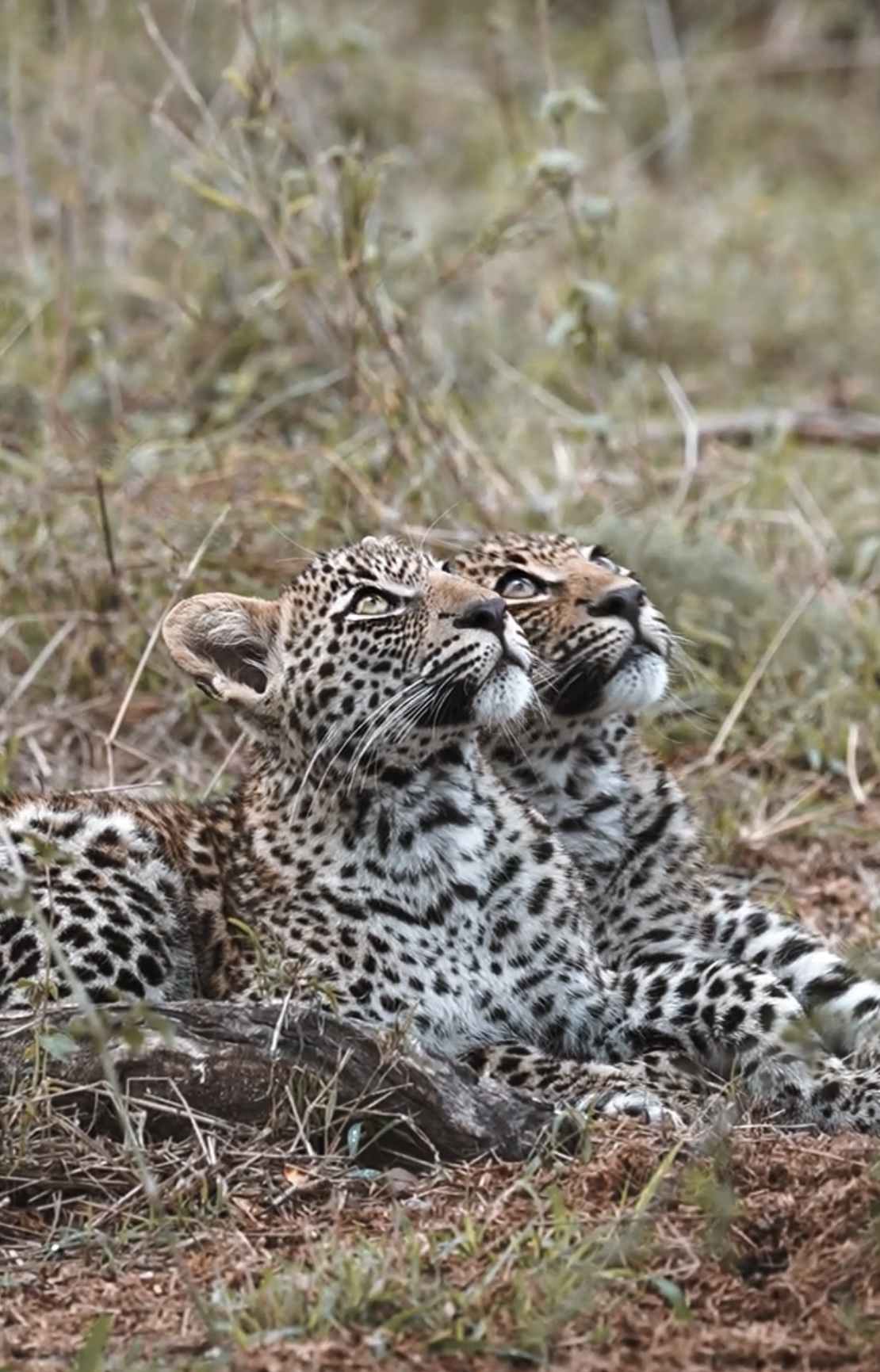
Please tell us a little about yourself.
Hi, I am Jemma Wild, a safari-travel photographer and content creator for 5-star luxury lodges in Africa. I live in Johannesburg with my zoo (3 dogs + 2 cats) and gorgeous hubby, who is part-time my assistant photographer when he’s not building his empire. I was born and raised in Durban, where growing up on horseback (I’m slightly nuts about horses), camping and surfing was the sole purpose of my childhood. I’m 5’2ft which shocks most people I meet because I come across much taller in my content, thanks to the “long leg” tricks I learnt in the fashion business.
Where does your love for photography stem from?
My earliest camera moment began when I was in my early teens. My dad had a dark room and collected Hasselblad cameras as a hobby. As a kid, I was encouraged to be creative and learnt a lot by developing my photos. This then stemmed into photography clubs and collecting millions of Kodak moments. I studied fashion and landed my first job as a Fashion and Beauty Editor for Saltwater Girl Magazine. This catapulted my love for this medium as I spent years in studios and on shoots styling fashion looks and learning from photographers. It wasn’t until 2019 that I started what I do now and relearned how to stand out as a photographer.
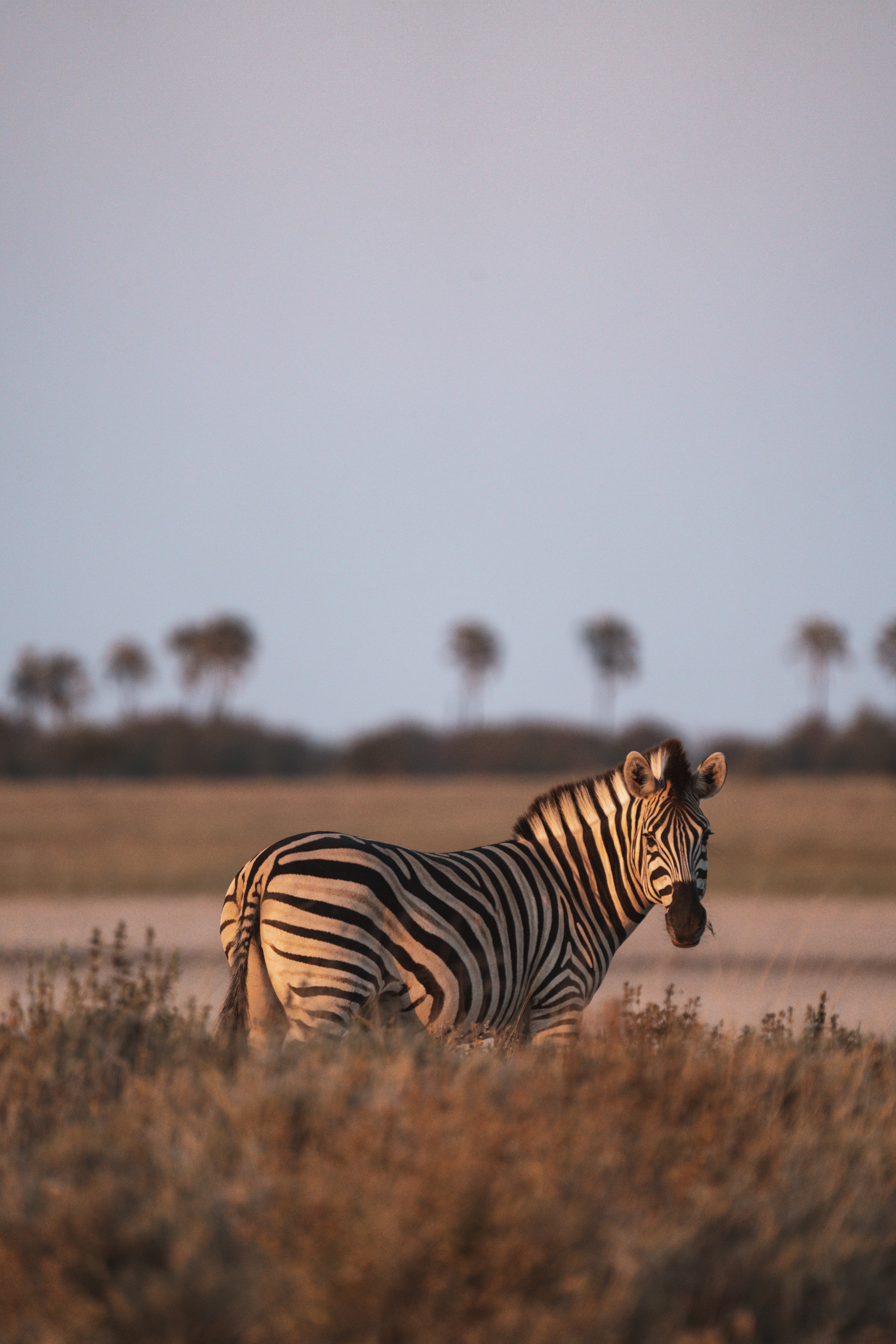
What drew you to wildlife photography?
I don’t see myself as a wildlife photographer, as I explain this to people we meet at lodges. There are architectural and interior photographers, and there are wildlife photographers in this industry. I positioned myself to sit in the middle. I prefer to advertise myself as an “emotive” photographer who captures the moments between people, space and wildlife. As a photographer, shooting an experience is where you’ll find the connection in people. I guess I learnt this from years of working in advertising and watching what type of product imagery connected with people. But saying that, shooting wildlife for me is also very emotive. I try shooting a personality rather than an animal, which is a big challenge, and that’s what has drawn me the most, the unpredictable magic of the wild.
Working in a male-dominated field, what are some of the barriers you’ve had to overcome to succeed in your field?
Where do I begin? Haha. In this “influencer in the wild” world we now live in, and being a very well-dressed person on safari, my biggest challenge is that I am not given the time to prove myself. My biggest barrier is constantly not being taken seriously. There is a stigma that “influencer posing on a vehicle” and “professional photographer” do not fit together. But, my passion for this industry has slowly taught me to ignore this. This led me to get my FGASA (Field Guide) qualification, and goodness, did this change perceptions! Luckily, this industry welcomes A LOT of incredibly talented female wildlife photographers and guides making a name for themselves. As a community, we are constantly high-fiving each other for the work we do.
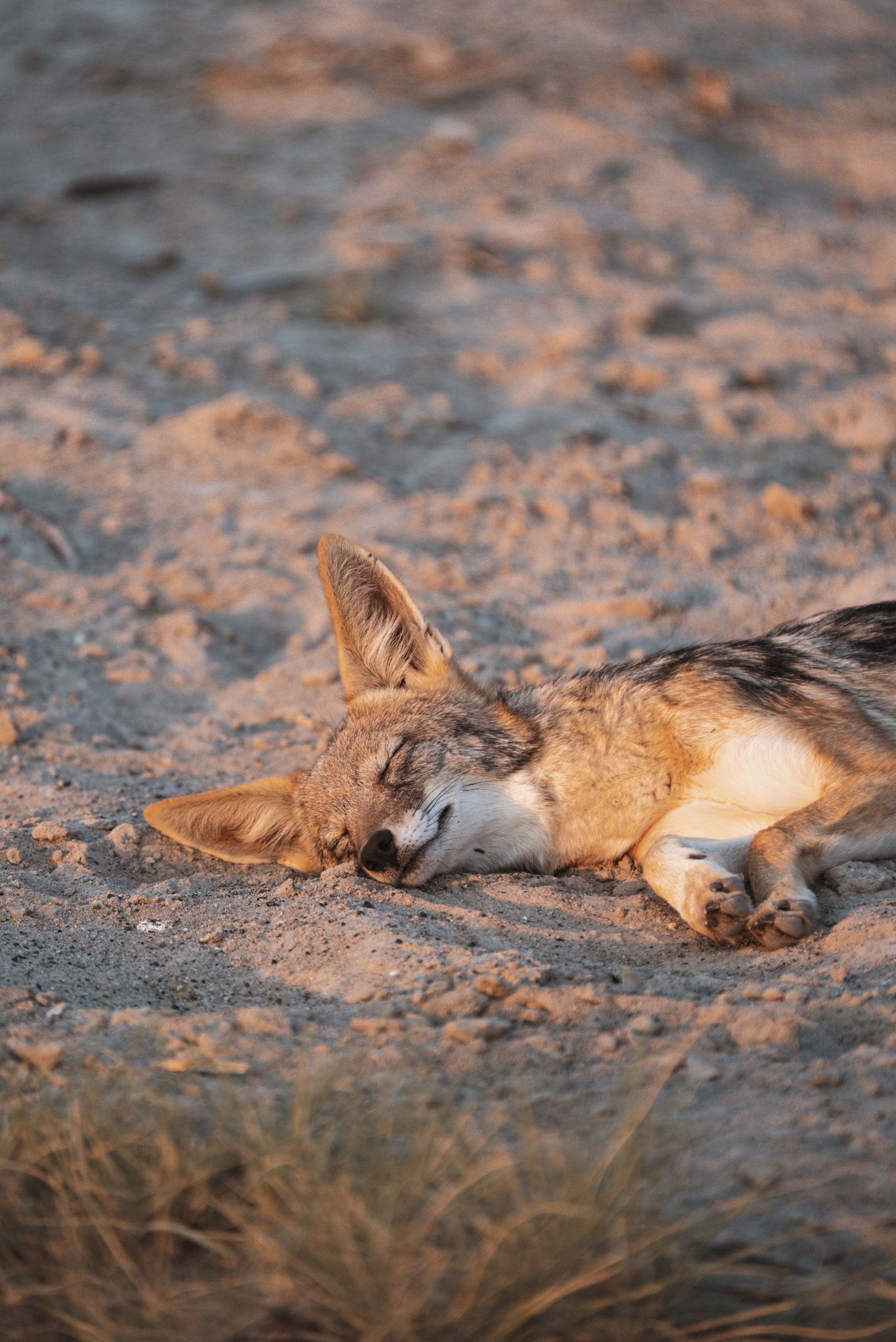
What is one thing you’d wish you’d known or done before starting out in this field?
I came into this industry fully prepared for what I wanted to achieve and had a solid life backing to achieve it, but I wish I had known how much work it would take to get to where I am now. The biggest lesson I have to remind myself daily is to be present and “be” in the incredible places I shoot, as it’s so easy to get caught up on the job that I miss where I am. There’s a saying from The Devil Wears Prada where Nigel says, “I get to come to Paris and actually see Paris”, which has always stood out for me as a big part of what I do is to show these places off to the world, so taking the time to soak it in and capture the story I feel is vital to my brand.
How do you juggle being an entrepreneur and a photographer?
I made photography my business, so I didn’t have to juggle. But yes, when I started, it was a hobby, a fun opportunity to see the safari world through trade exchanges. Eventually, doing a paying job and having this hobby had to merge to sustain the amount of work that I do. Trade exchanges are great for building a portfolio, but they don’t put food on the table. So the moment I became more serious about what I was giving clients, the more seriously they took me.
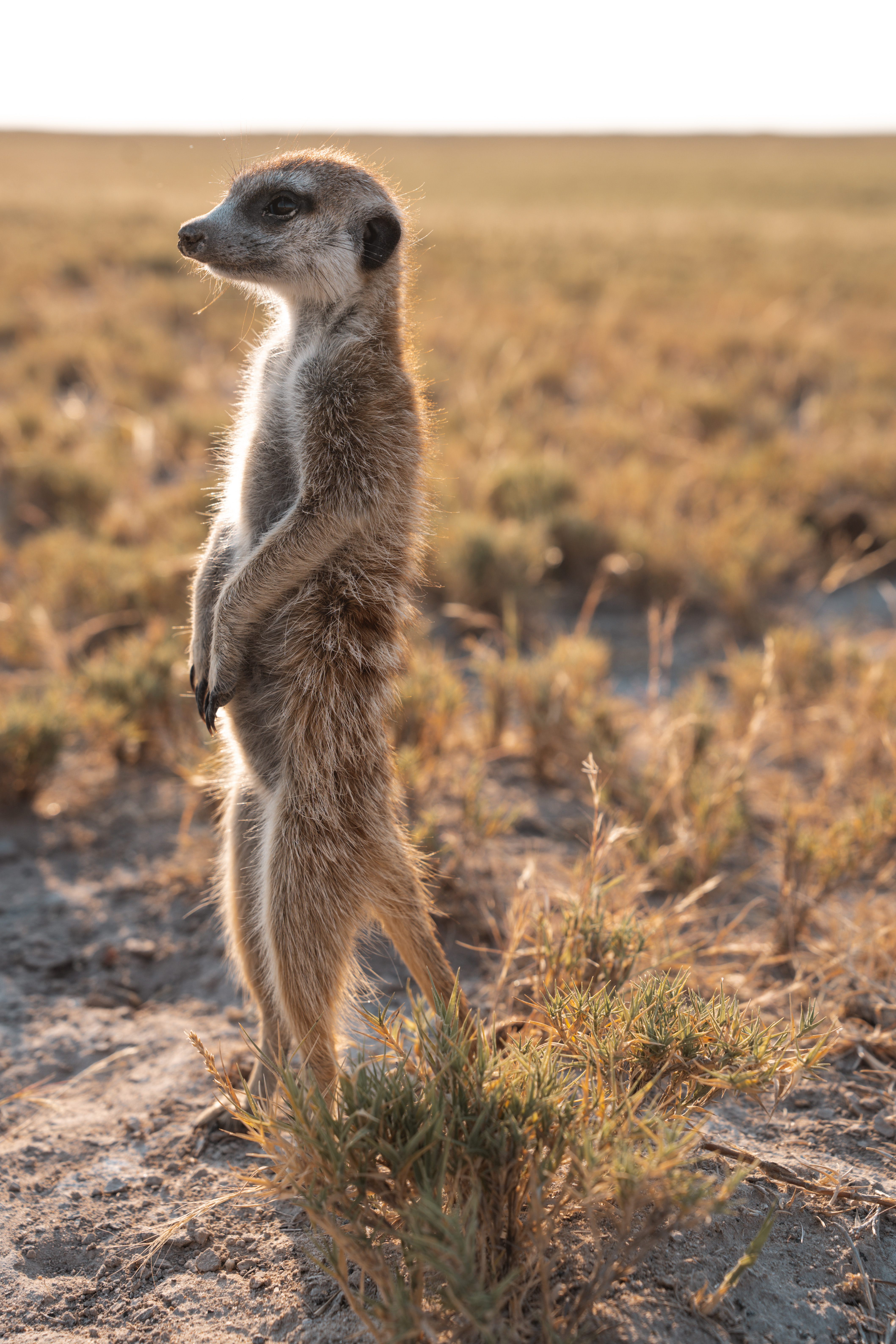
What camera do you shoot with?
I currently shoot with the Sony A7 IV, and I am OBSESSED. I started out in the Sony stable on an A6600 which was great for travel because of its compact size, but now moving up the ranks to the A7 series, I’m quite literally in heaven.
What are some of your favourite lenses to use out in the field?
For capturing those emotive moments, I love the Sony FE 24-70mm f/2.8 GM II – I have a slight addiction to interiors and people moments with a great depth of field. But for wildlife and particularly birding (I am a BIG bird nerd), the Sony FE 200-600mm f/5.6-6.3 G OSS has been with me since day one. I’m a simplistic photographer – and working with two lenses right now does the job.
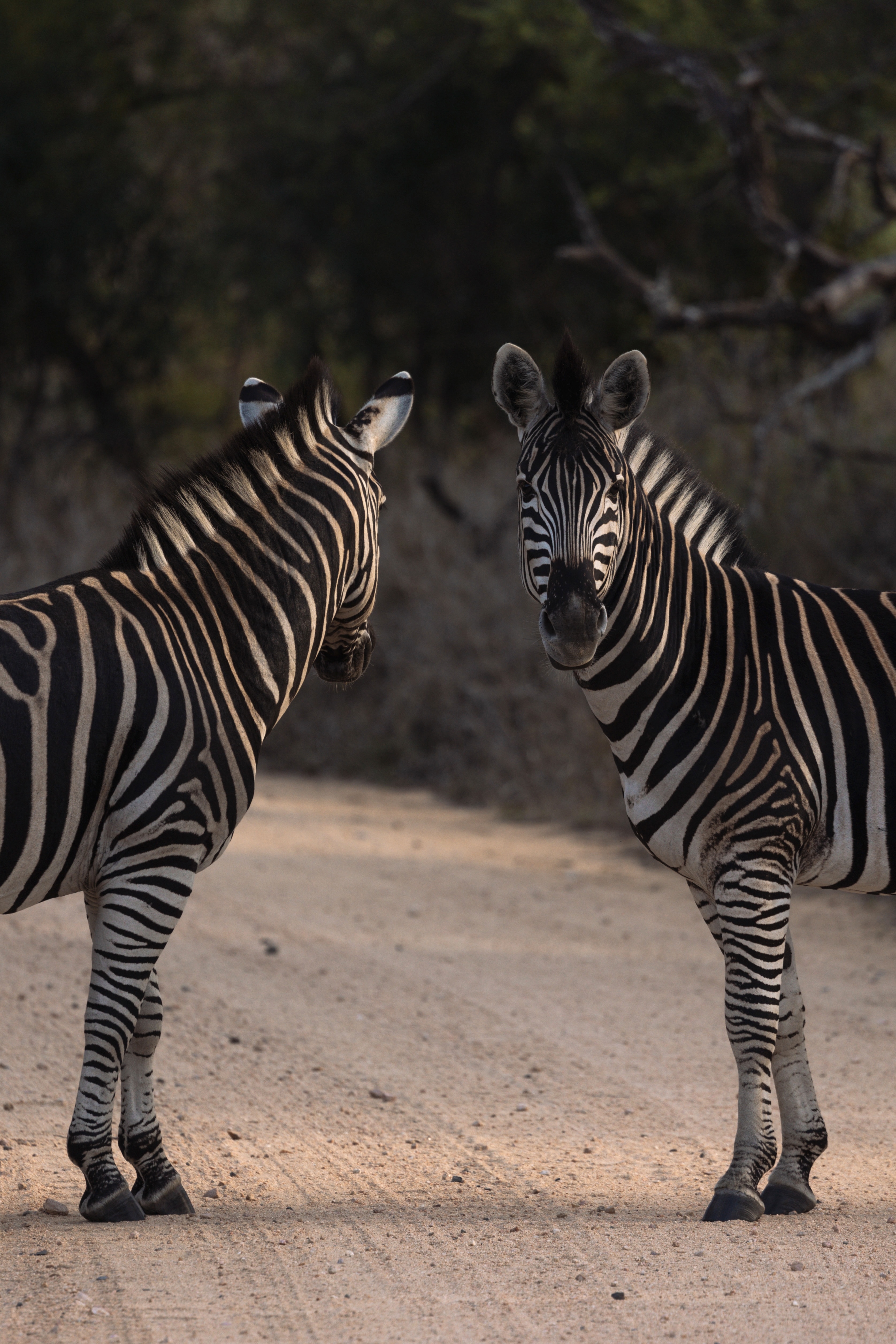
Being a travel and wildlife photographer can look quite glamorous, and I’m sure it is. However, what would people be surprised to learn about your job?
LOL. It’s as glamorous as you’re prepared to make it. My brand is based around looking good on safari, so my wardrobe is a massive part of my trips. It takes 2-weeks to prepare for a 3-day safari, creating mood boards, sourcing looks, making sure brands deliver collabs on time, styling outfits, matching accessories, etc. It takes three days to shoot and then two weeks to edit and post the content. So basically, a 3-day trip takes one month to complete… and then try having five trips back to back… what people don’t realise when they say, “You’re so lucky to go to these incredible places” is the amount of work that goes into them. Yes, I am lucky because I worked hard to get here, but I don’t just #wakeuplikethis.
Do you have any memorable stories, highlights or scary stories you can share with us of one of your days out shooting in the field?
In this field, being constantly aware of conservation is a big reality check. Some of my most memorable moments have been teachable ones involving conservation out in the field. I was privileged enough to be invited to a Rhino Dehorning last year, where watching grown men trying to hide their tears as they comforted a male rhino while he was being dehorned was an incredibly emotional experience. It’s a sad reality, but in the Kruger National Park, it’s something that has to be done as a last resort to protect our wildlife.
Recently, in the Makgadikgadi Pans in Botswana, I got to tick off my bucket list by meeting the famous “on your head” meerkats. I didn’t realise that these meerkats are completely wild. They have been habituated by one person who talks, sleeps and walks with them every day. He’s been able to earn their trust and allow them to see us as friends, which are used as vantage points (you’re absolutely not allowed to touch them, only they can touch you). Learning the difference between habituated and tame is a very important lesson in conservation. The terms get confused a lot, especially on social media.

What advice would you give to aspiring photographers wanting to pursue a similar career?
Find your niche. Practise. Start an Instagram page and get out into the field (self-drives is how I started), and work hard. Specifically, in this industry, it’s already so saturated with photographers that standing out requires persistence. I get this question every day. Honestly, it does come down to what you offer and how you market yourself. And don’t rely on properties to pay you (because it will take years before they do, honestly). Use the digital landscape to push your passion. Sell your prints online, create e-books, and push yourself into online content, as that’s where you’ll be able to make a career out of your hobby.
Anything else you’d like to add?
Photography is a powerful tool for education, especially in the African landscape. Educating and engaging international travellers on African travel and conservation is a privilege. I want to tell other photographers that we hold the banners to advertise this incredible continent correctly. By putting conservation first, we can do our part in preserving the continent’s incredible wildlife. Oh, and when you see a well-dressed woman on a safari vehicle, get to know her before you put her in a box ;).

